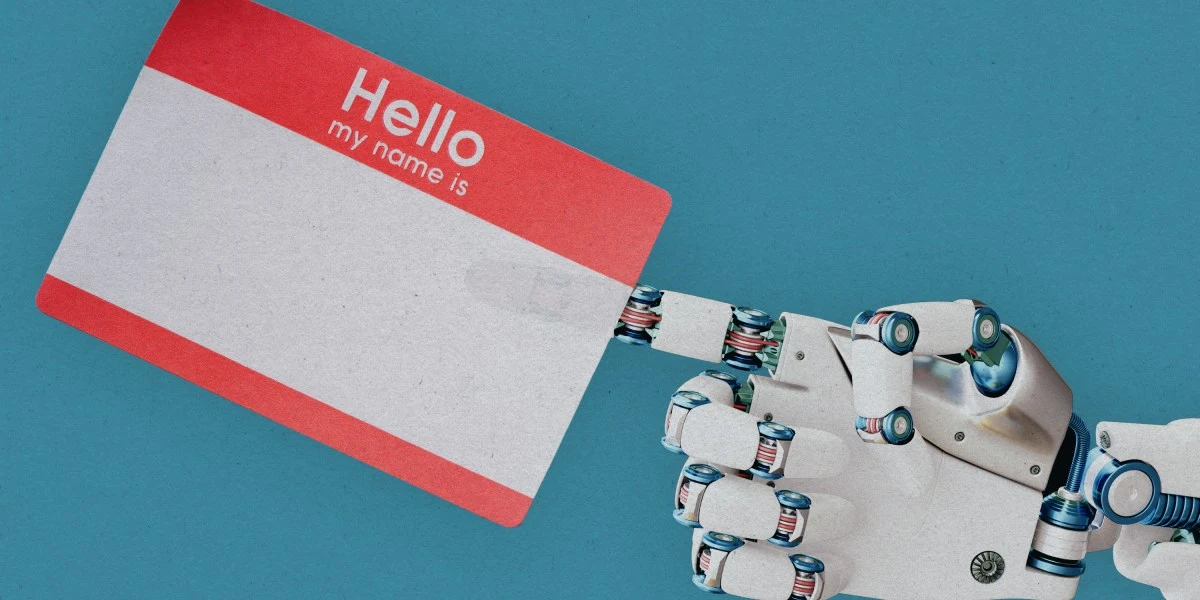I’m also curious how this would stop someone from using AI to generate an image and then just using a digital camera to take a photo of their monitor. “The photo of <politician> executing someone in the street seems to be legit. There’s provenance metadata showing that the image hasn’t been tampered with since it was taken and cryptographically signed by Nikon’s physical sensors” edit: formatting
Seems easy to strip off or not add, and then you’d have a video with unknown provenance which the echo chamber will eat hook, line, and sinker. Wouldn’t you?
Yeah this seems to presume that people care to fact check which, if these last few years have proved anything, they don’t.
People need to be educated better on it, expected to be better, etc
Nah, that’s not going to be enough, well educated people fall for scams all the time.
The best option imo is for independent organizations that people trust to handle fact checking, and have such organizations fact check each other. I also think it’s completely appropriate for the government to fact check news agencies as well, provided they don’t attempt to shut down orgs with a poor track record.
We should still educate people better, but there’s still going to be a ton of people falling for nonsense like this.
It’s both, uneducated people don’t have a basis to establish trust with.
and be a massive attack against online privacy! yay!
Not really, you can strip the cryptography from a photo. What would be more concerning would be the (likely) corporation controlling the certificates.
deleted by creator




